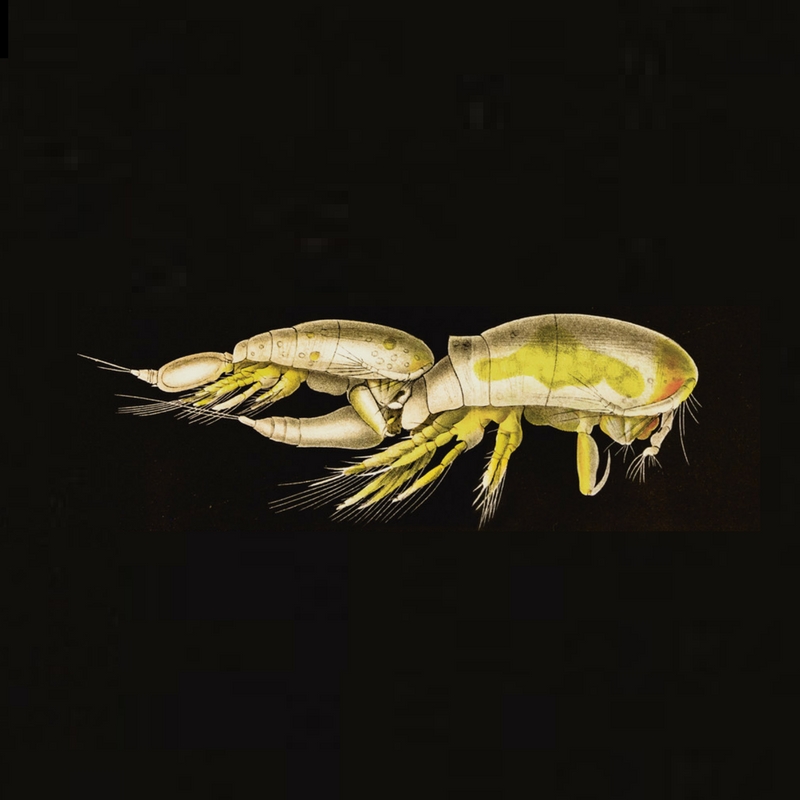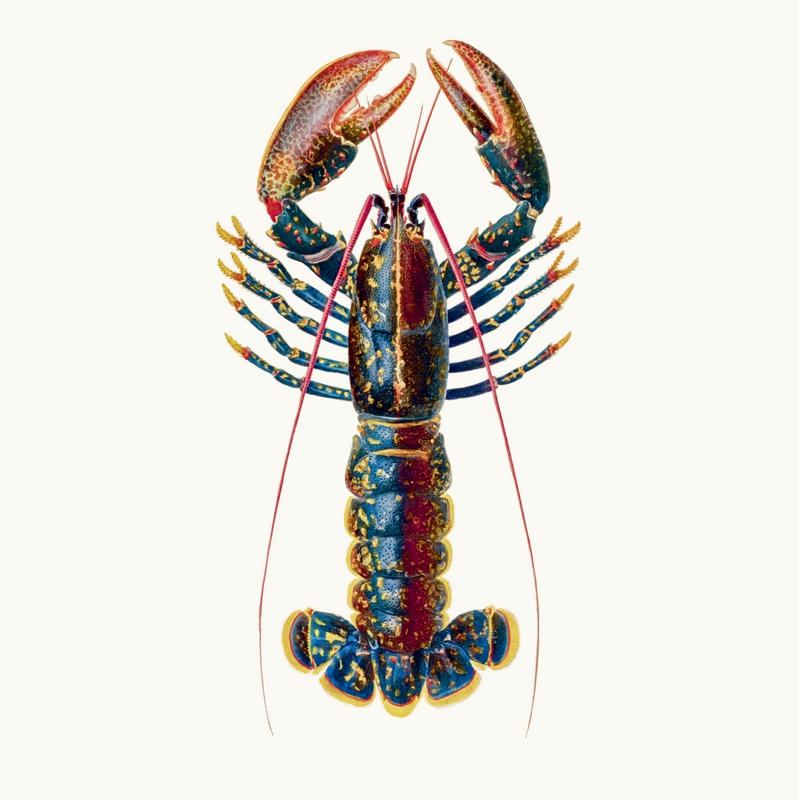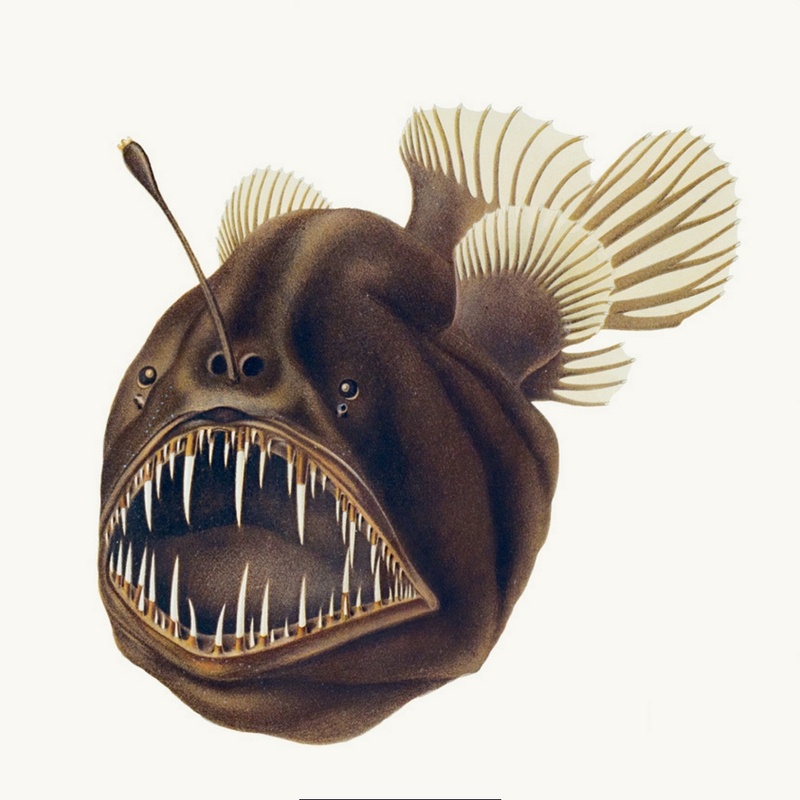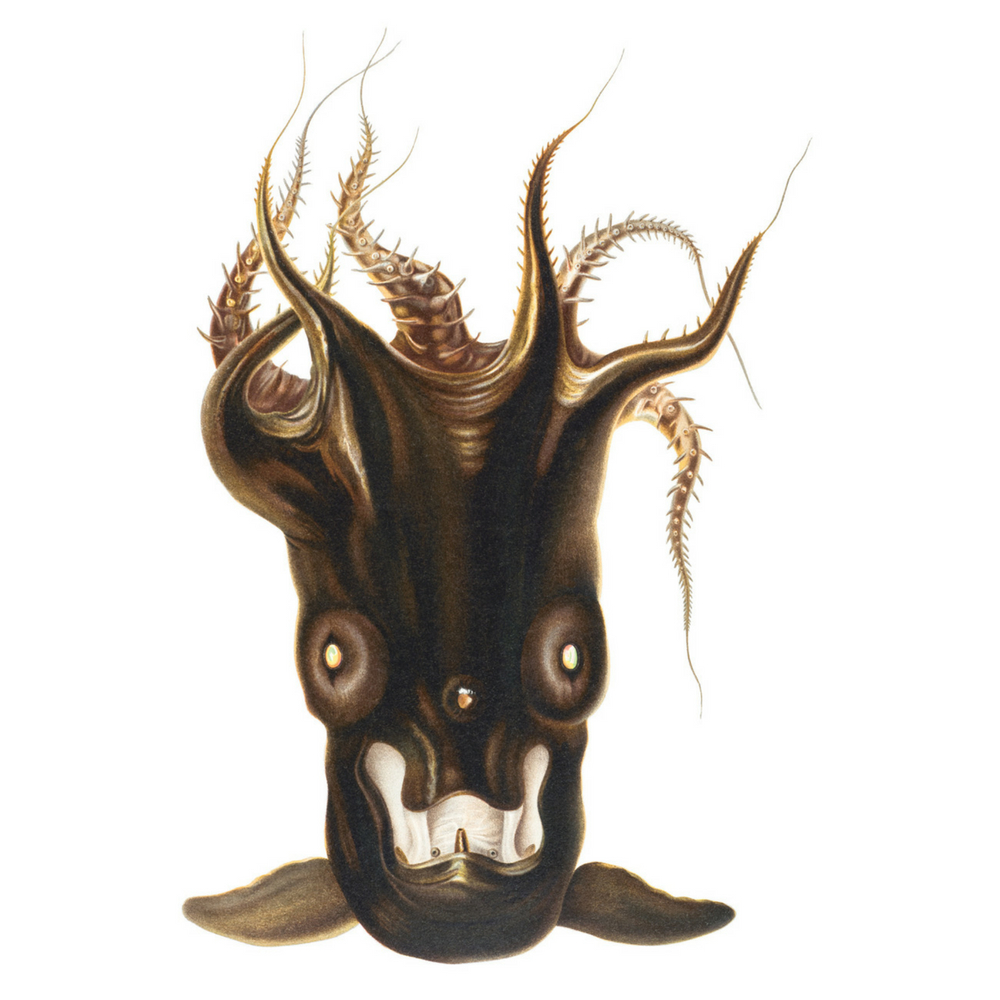Opulent Oceans: Extraordinary Scientific Illustrations
Explore exquisite large-format reproductions of the ocean’s most intriguing residents throughout the museum.
Dive into an illustrative journey through the vast depths of the ocean, where you’ll explore exquisite large-format reproductions of the ocean’s most intriguing residents throughout the museum.
The world’s oceans abound with a truly astonishing diversity of life forms. Beginning some 400 years ago, European voyages of discovery began mapping the globe, and knowledge of ocean life flourished as never before. By sketching specimens or collaborating with artists and engravers, explorers documented their discoveries in illustrated books featuring images that communicate the anatomy, life cycles, habits—and sheer beauty—of newfound marine species.
Featuring scientific illustrations portraying the astonishing diversity of ocean life, Opulent Oceans: Extraordinary Scientific Illustrations explores the integral role illustration has played in undersea exploration and discovery through 55 exquisite, large-format reproductions from 33 rare and beautifully illustrated scientific works in the American Museum of Natural History Library’s Rare Book collection.

As you explore all five levels of the museum, you’ll encounter a gallery of captivating images in surprising settings. From our Main Atrium to the Dive level, you never know which one of the ocean’s most intriguing specimens will be peeking around the next corner.
The exhibition was inspired by the book Opulent Oceans: Extraordinary Rare Book Selections from the American Museum of Natural History, and is curated by the author, Melanie L.J. Stiassny, Axelrod Research Curator in the American Museum of Natural History’s Department of Ichthyology, in collaboration with Tom Baione, Harold Boeschenstein Director of the American Museum of Natural History’s Research Library.
Highlights of the exhibition include:
- A frightening image of a vampire squid (Vampyroteuthis infernalis) from French zoologist Louis Joubin’s “Résultats des Campagnes Scientifiques accomplies sur son yacht par Albert 1er Prince Souverain de Monaco.”
- Illustrations of intricate single-celled marine organisms known as radiolarians by German biologist Ernst Haeckel, whose beautiful illustrations and writings championing evolution inspired both artists and scientists.
- A colorful Bahamian land crab illustrated by English naturalist Mark Catesby.
- An image of the swift shortfin mako shark, one of the 214 shark and ray species illustrated in “Systematische Beschreibung der Plagiostomen,” written by German zoologist Johannes Müller.
On view through October 13, 2019. Adapted from the exhibition Opulent Oceans: Extraordinary Rare Book Selections from the American Museum of Natural History organized by the American Museum of Natural History, New York (amnh.org).



